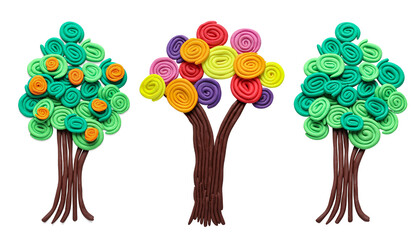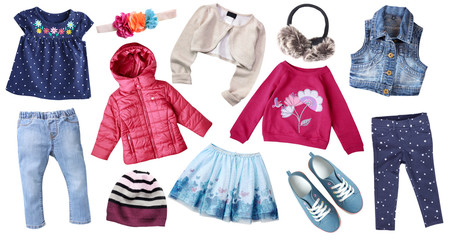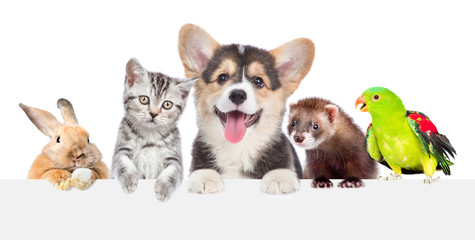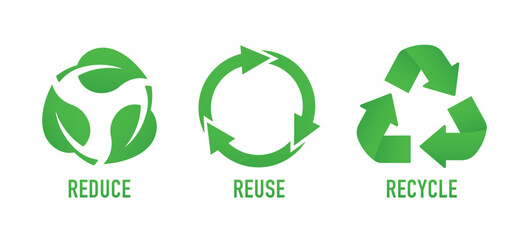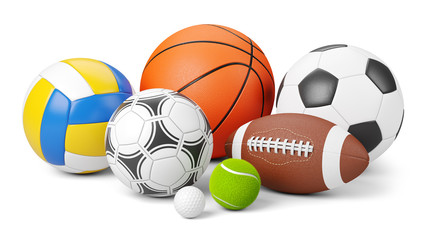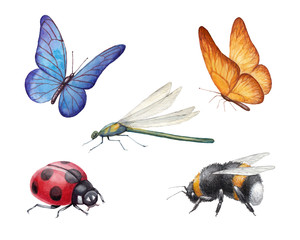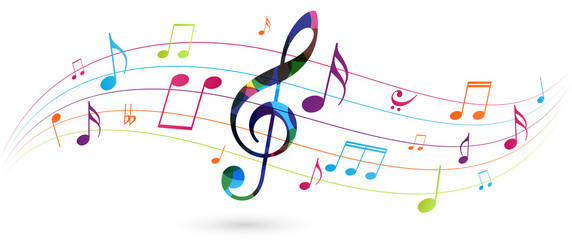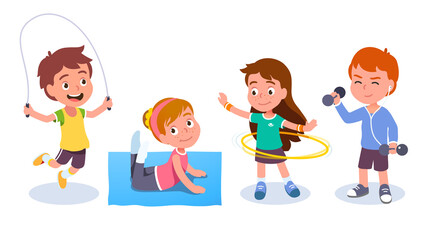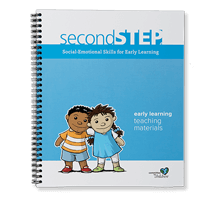Curriculum
Creative Curriculum
The Creative Curriculum offers developmentally appropriate support for active learning and promotes children's progress in all developmental areas. These research-based and research-proven curriculum resources help every early childhood program, create a high-quality learning environment that enables every child to become a confident and creative thinker.
The Foundation helps teachers create a high-quality learning environment and build a thorough understanding of best practices. Daily resources help teachers plan and manage every moment of their day. Through studies, which are hands-on, project-based investigations, The Creative Curriculum for Preschool helps teachers build children's confidence, creativity, critical thinking skills and promote positive outcomes.
Enter your text here...Beginning of the Year
Trees Study Exploring The Topic WHY INVESTIGATE TREES?
Clothes Study Exploring The Topic WHY INVESTIGATE CLOTHES?
Buildings Study - Buildings Study- Estudio de los edificios
Pets Study Exploring The Topic WHY INVESTIGATE PETS?
Reducing, Reusing, and Recycling Study
Balls Study WHY INVESTIGATE BALLS?
Insects Study WHY INVESTIGATE INSECTS?
Music Making Study WHY INVESTIGATE MUSIC STUDY?
Exercise Study WHY INVESTIGATE EXERCISE?
Heggerty
Second Step
Creative Curriculum
Beginning of The School Year


